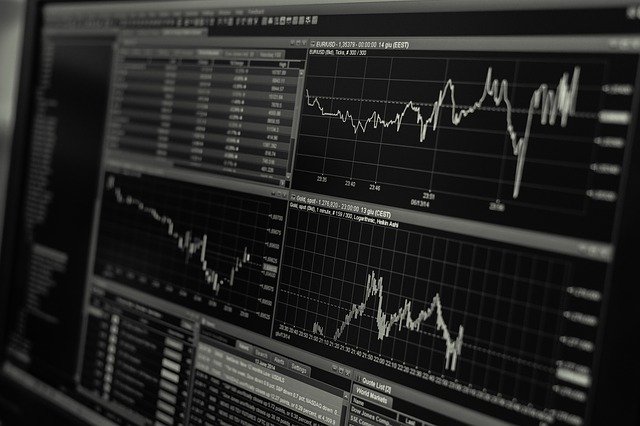
You, the forex trader, are given explicit suggestions on which currency pair to trade, whether you should buy or sell when to join the market, and how much profit you can expect to make as a result. Signals may be used by some forex traders as a starting point for developing their own trading strategy; others utilize these signals as a starting point to develop their own unique approach to the market.
Traders use trade signals as a signal to take action, either buying or selling a stock or trading other assets like crypto and gold. There are two ways to develop such analysis: either by employing technical indicators or by the use of mathematical algorithms based on market behavior and other market components such as economic data.
Automated and manual forex signal systems are the most common. In order to monitor and find new trading ideas, use only technical indicators. Automated forex signals systems employ a variety of mathematical formulae to uncover patterns and send out signals when they notice a match with characteristics their algorithms are set to recognize.
Robots and EAs (Expert Advisors), which do not need human interaction to analyze the market and come up with trading ideas, are known as forex robots. There are many parameters and technical indicators that can be used to generate signals from a forex trading robot. The spreads and currency pairings that you trade may also be customized using these methods. Technical indicators and price action, like it’s shown on Axiory, are examined by automated trading signal systems, which focus on signals with a high probability of success using historical market data. Manual forex signs vary from automatic ones in the next step: analysts who put out such signals additionally research current news events or fundamental factors that might impact price activity in the currency pair.
Fundamental information such as market mood, financial and political happenings, and technical indications on charts may help you predict the direction a forex pair will move so that you can get in and benefit from the movement of the currency pair.
If you’re looking for a free forex trading signal, you’ll have to pay for it. The system will notify you through text, email, or app notification anytime a new forex signal is issued, either for free or for a fee.
Why Do Investors Use Trading Signals?
All sorts of traders may benefit from the greatest forex signals. Forex signals enable traders to keep tabs on all kinds of market possibilities, whether they’re technical, fundamental, or emotive. Forex indications created by fundamental analysis may be tracked and used by a technical trader, for example. Traders may find high-quality, high-probability trading opportunities across a wide range of assets at any one moment in this fashion.
Additionally, forex signals save time. It’s never too late to get in on the action in the foreign exchange market since it’s open around the clock. Many retail traders are constrained by other commitments that restrict their trading time to a substantial degree. As a result, they have just a small number of trading options at their disposal. To make the most of their trading time, traders might benefit from using forex signals. Most forex signals will give a complete set of trading recommendations (entry, stop and take profit price levels) and simply need to be executed by traders. Trades may be scheduled to take advantage of the finest possibilities in the market by using this method.
Despite their practical advantages, forex signals can be used successfully for online trading. Determine your risk tolerance and the right distinct forex signals before making any trades; this will ensure that you only risk what you can afford to lose. High volatility assets like gold should be traded in smaller lots and less volatile assets like the EURCHF currency pair may be traded in bigger lots. The publication of high-impact data should also be avoided while performing forex recommendations. Regardless of the greatest forex signals, traders should adhere to their trading strategy.
There are both human and automatic signal suppliers, as previously stated. Traders, market analysts, and strategy suppliers are all examples of manual signal sources. It is a result of their experience, expertise in fundamental or technical analysis, or a plan they have established. As an alternative, computer software that is programmed to provide trading instructions based on certain market circumstances is known as an automated signal provider. Fundamental analysis monitoring systems, such as those that monitor economic news releases and market sentiment, may be included in some of these.
Signal providers that haven’t given enough signals to establish their quality or those that are new will be flagged by the IDE’s Integrated Development Environment (IDE) for future use.
In the early stages of copy trading, forex signals were used as a guide. If a trader wants to follow a successful trader’s footsteps, they may use forex signals, which allow them to make their own decisions about whether or not to follow their lead.
With copy trading, traders of all skill levels may benefit from the market, regardless of prior experience. Freeing up time and diversifying one’s total trading portfolio are two additional benefits of using a stock trading platform. Traders are also given the option to choose a trading style that best fits their risk tolerance and trading objectives.



